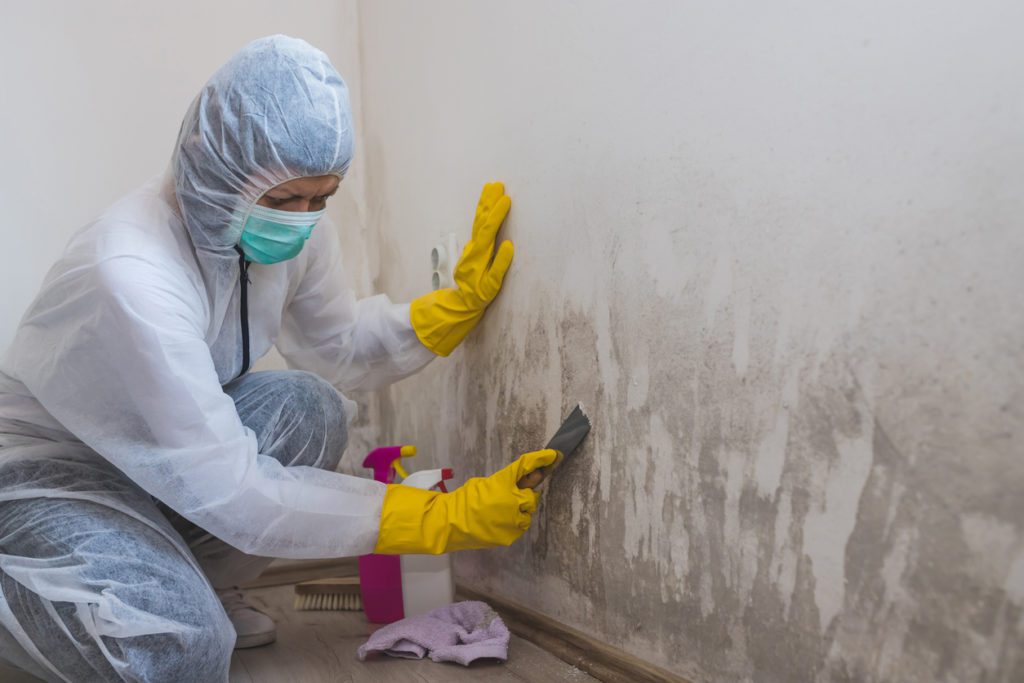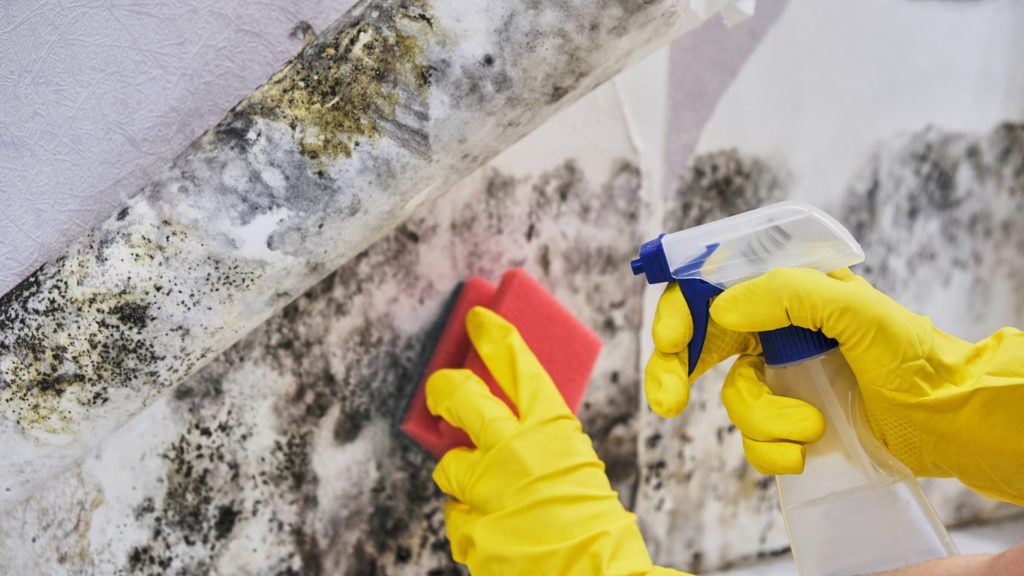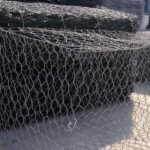Is anything furry and green climbing the walls of your home? You should not add it to your plant collection or keep it as a pet. It is mould, and you should remove it immediately.
Make an appointment with a professional mould remediation company like Nationwide Restorations to do the dirty work for you. If you’d rather save money and can do the task properly, you may remove the mould yourself as long as the area is less than 10 square feet.
Mould removal costs on average $2,347, with a normal range of $1,373 to $3,325 or $13.33 to $28.33 per square foot.
Small mould removal operations can cost as little as $458, whereas large-scale cleanup programs are closer to $6,333. Bear in mind that completely eradicating mould from a house may cost up to $30,000.
When you see mould developing in your house, raise the alarm and act quickly to eradicate it. Procrastination may result in lengthy and expensive cleanup and repair. Professional mould removal costs between $500 to $6,000 on average – but the cost may reach the tens of thousands if the issue is serious.
Costs of Mould Remediation/Removal in a Nutshell
- Price range: $500-$4,000 on average
- $1-$9 per square foot for cleaning solution
- $1.25 per square foot for mould eradication
- 90 cents per square foot for HEPA vacuums
It’s a horrible feeling to discover mould growing in your house, and you may be unsure where to begin. The first step is to evaluate the damage: How severe or broad is the issue? The good news is that minor mould problems may be resolved with simple home treatments or chemical solutions purchased at a shop. If the task is more complex than that, you may want to consider hiring an expert.
What Causes Mold Growth?
Mould development is possible in any damp or moist location in your house. Mould spores flourish in dark, damp places such as bathrooms, attics, and crawl spaces – but mould may also develop in any location that meets these criteria. Pay special attention to parts of your house that are prone to leaks, dampness, or inadequate ventilation.
Who Should I Contact If I Have Mold Issues?
If you only see minimal mould and mildew growth, you may be able to resolve the problem yourself with some thorough cleaning using a store-bought remedy. However, the situation may rapidly spiral out of control, necessitating the intervention of a professional. If mould is left ignored, even more severe harm may occur. To locate a mould remediation expert in your region, do a simple search for mould removal services in your area.

Can I Get Rid of Mold Myself?
It is not always essential to contact a professional mould removal company to clean up the mould in your house. If you have a tiny, isolated patch of mould development, you may attempt several do-it-yourself remedies. Utilize either natural home treatments or store-bought items to cure mould.
Here are a few possible solutions:
- Water and bleach
- Vinegar
- Detergent
- Hydrogen peroxide
- Concrobium foggers
If you attempt these solutions and the issue persists, you should definitely seek expert assistance. Mould remediation costs increase the longer it is left untreated.
Tips for Cleaning Moldy Areas
If the mould is embedded in the drywall, you will need to fully remove the afflicted regions rather than simply clean the surface. In this case, it is prudent to consult a specialist. However, if you want to handle it yourself, you’ll want to thoroughly remove the damaged drywall to avoid the spread of any residual spores.
While operating, completely enclose the damaged area with plastic sheeting. This confines the mould spores to a single region.
Wet the area you’re treating to prevent the spread of old spores throughout the room. Scrub the wood well with a mould remover and allow it to dry fully. Additionally, you may let your trim and baseboards dry in the sun, which impacts mould-killing. Seal the wood with a substance to avoid a future mould problem.
Use a scrub brush and a mould removal solution on hard surfaces such as showers, sinks, and tubs.
Even while you are removing existing mould, begin implementing preventive measures. When moisture levels are excessive, use a dehumidifier and monitor humidity levels using a digital thermometer. Clean up damp spots immediately and do regular inspections in areas known to be prone to mould development.






